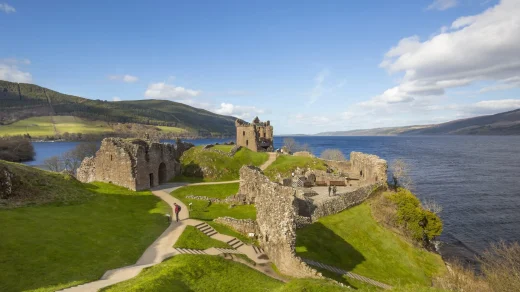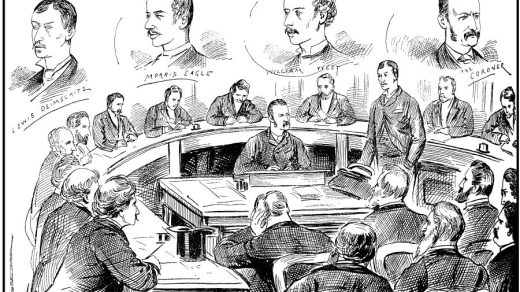The Royal Botanic Garden Edinburgh (RBGE) is a scientific centre for the study of plants, their diversity and conservation, as well as a popular tourist attraction. Founded in 1670 as a physic garden to grow medicinal plants, today it occupies four sites across Scotland—Edinburgh, Dawyck, Logan and Benmore—each with its own specialist collection. The RBGE’s living collection consists of more than 13,302 plant species (34,422 accessions), whilst the herbarium contains in excess of 3 million preserved specimens.
The Royal Botanic Garden Edinburgh is an executive non-departmental public body of the Scottish Government. The Edinburgh site is the main garden and the headquarters of the public body, which is led by Regius Keeper Simon Milne.
History.

The Edinburgh botanic garden was founded in 1670 at St. Anne’s Yard, near Holyrood Palace, by Dr. Robert Sibbald and Dr. Andrew Balfour. It is the second oldest botanic garden in the UK after Oxford’s. The plant collection used as the basis of the garden was the private collection of Sir Patrick Murray, 2nd Lord Elibank, moved from his home at Livingston Peel in 1672 following his death in September 1671. The original site was “obtained of John Brown, gardener of the North Yardes in the Holyrood Abby, an inclosure of some 40 foot of measure every way. By what we procured from Levingstone and other gardens, we made a collection of eight or nine hundred plants yr.”This site proved too small, and in 1676 grounds belonging to Trinity Hospital were leased by Balfour from the City Council: this second garden was sited just to the east of the Nor Loch, down from the High Street. John Ainslie’s 1804 map shows it as the “Old Physick Garden” to the east of the North Bridge. The site was subsequently occupied by tracks of the North British Railway, and a plaque at platform 11 of the Waverley railway station marks its location.

In 1763, the garden’s collections were moved away from the city’s pollution to a larger (five acre) “Physick Garden” on the west side of Leith Walk, covering the area now called Bellevue, all under the control of Prof John Hope. This site is shown in Ainslie’s 1804 map. The site is today known as Hopetoun Crescent Gardens and is one of the collection of New Town Gardens.
Some time prior to Hope’s death (1786) he was brought Turkish rhubarb seeds by Bruce of Kinnaird and this was the first rhubarb grown in Great Britain. As this proved successful over 3000 plants were grown as rhubarb was previously an expensive import (used as a medicine).

A cottage from the garden’s original site remained on Leith Walk for over one hundred years. In 2008, the building was moved brick by brick to a site within the current gardens. The project was completed in 2016. The garden was a popular destination for botanists and supplied plants to other gardens such as Kew. Hope erected a monument to Carl Linnaeus on the site in 1778.
In the early 1820s under the direction of the Curator, William McNab, the garden moved west to its present location (adjacent to Inverleith Row), and the Leith Walk site was built over between Hopetoun Crescent and Haddington Place. The Temperate Palm House, which remains the tallest in Scotland, was built in 1858.
In 1877, the city acquired Inverleith House from the estate of Cosmo Innes and added it to the existing gardens, opening the remodelled grounds to the public in 1881.

The botanic garden at Benmore became the first Regional Garden of the RBGE in 1929. It was followed by the gardens at Logan and Dawyck in 1969 and 1978.




Thanks for the history of these beautiful places!
thanks for visiting susan xx